
As an e-commerce manager, you know it’s important to stay on the offensive and be competitive. It’s an ongoing challenge, which makes brand perception behavior on the various e-commerce channels crucial, especially since the data has a correlation to sales. This is where online review analytics and advanced generative AI-driven platforms like Revuze come into play.
Online review analytics generated from verified buyers can be instrumental in optimizing e-commerce channels so your brand stands out in the crowd.
In this blog post, we’ll delve into the importance of using online review analytics and explore how Revuze’s platform can help evaluate the performance of your brand on e-commerce channels and create a strategy to optimize.
Understanding the E-commerce Landscape
The e-commerce ecosystem has become an integral part of the modern consumer’s life. Brands sell their products on multiple channels from Sephora to Macy’s and Amazon. With a vast array of products and services available online, consumers are increasingly relying on online reviews and ratings to make informed purchasing decisions.
In fact, a recent Forbes article shared that consumer reviews is one of the top five important features for an e-commerce site. Reviews serve as digital word-of-mouth recommendations, enabling shoppers to gain insights into a product’s quality, features, and the overall buying experience.
For e-commerce professionals, it’s crucial to recognize the significance of these online reviews. They provide a direct channel to verified buyers’ thoughts and feelings, allowing businesses to gain a deeper understanding of their audience’s preferences and pain points.
Delving into Your E-commerce Channels
How can you measure the success of your online retail channels?
With Revuze, you can easily toggle between your ecommerce channels with a few clicks. You can either isolate a single channel or compare two or more channels. In the example below, we filter e-commerce channels down to two. You can look at different KPIs and tie them to your sales.
Some critical questions that can be asked are:
- Is there a glaring difference between consumer sentiment and share of discussion on each channel?
- Can the difference be accounted for because of incentivized reviews or a promotional campaign?
- Are there significant variations in the product description pages on the e-commerce channels?
- Do you have the same competitors on each online retail channel?
Assessing the Data
The answers to these questions can help you decide to move forward with optimizing and budget for your channel. When we take a closer look at the example, we see that the bottoms category has significantly higher discussion volume on Amazon, though it’s declining, while Walmart is increasing. There are also more incentivized reviews on Walmart as opposed to Amazon. In this example, we see that the organic sentiment is about the same on Amazon and Walmart, 63% and 66% respectively. When we look at incentivized reviews, the sentiment jumps significantly on Walmart, which is at 89% for consumer sentiment.
Now that you have a picture of the entire category, you can drill down to learn how your brand measures up. In this case, we filtered the data and randomly picked Wrangler, which is the brand with the highest share of discussion in this category. When comparing the two channels, the data tells an interesting story. The quantity of organic reviews on both channels is about the same, though here we see that the discussion volume on Amazon is on the decline as well. The consumer sentiment from organic reviews is 65%. There are only incentivized reviews on Amazon, and the consumer sentiment is at 75%.
Now, if we compare Amazon and Target, this paints a completely different picture of the channels. There is a tremendous disparity between the discussion volume between the two channels: Amazon has 23,564 organic reviews and Target has 509, but the sentiment remains about the same. Also note that reviews on Target are increasing. In this case, it may be worth investing additional resources into Target as a channel.
Stay On Top of Your Competitors
Earlier, we compared online retail channels on the category and the brand level, but of course, you can drill down to the SKU level. Use the online review analytics to understand how consumers interact with your competitors’ brands and products on different channels.
The data will help you benchmark your own performance on each ecommerce channel. In this comparative view of the data, you can quickly get a sense of your brand’s performance on each channel. Continuing with the Wrangler example, we see that it’s in second place for discussion volume after Levi’s on Amazon. Despite Levi’s high share of discussion, its brand sentiment is below the benchmark average. However, Wrangler leads with the share of discussion on Walmart but is below the average sentiment, which is 67%.
Based on the benchmarks, create goals and a strategy to move the needle of your brand on the different ecommerce channels.
Optimize Your Ecommerce Channel Campaigns
One strategy to increase volume and sentiment may be to use budget and promote select products for a specific channel. In the screenshot below from Sephora, we see that the Prada Paradox fragrance is actually promoted in the search results. This strategy can be pursued to ensure your brand and products remain top of mind and to help boost conversions.
On the other hand, if you are already investing your budget to sponsor products on various channels and your sentiment is low, it may be time to pause and reassess your activities. What is causing the sentiment drop on each channel?
This might be the time to leverage online review analytics to make improvements to your product descriptions pages. Anything from language to visuals can make or break conversion at times.
Conclusion
Being on top of your ecommerce game is pivotal. The best data to empower you is generative AI-powered online review analytics because it’s post-purchase data. E-commerce is volatile and the best way to ensure success is to monitor your channels in real time with a platform like Revuze. You’ll be able to pinpoint the channels where your brand has lower sentiment to decide how to manage resources and develop a strategy. Don’t let the low sentiment bring down conversions. Channel optimization is key to toppling your competitors and ensuring increasing conversion. Whether it’s a target campaign on a channel or product description page improvements, you’ll be able to respond to consumers quickly. Learn more about how Revuze can support your brand’s e-commerce needs here.
 All
Articles
All
Articles Email
Analytics
Email
Analytics





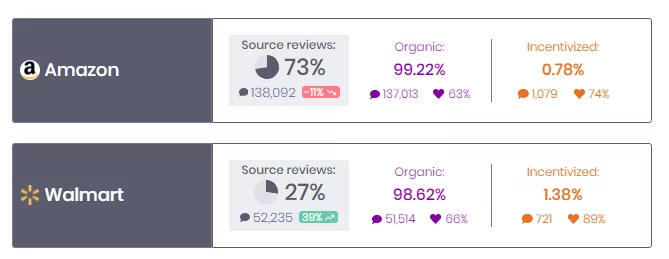
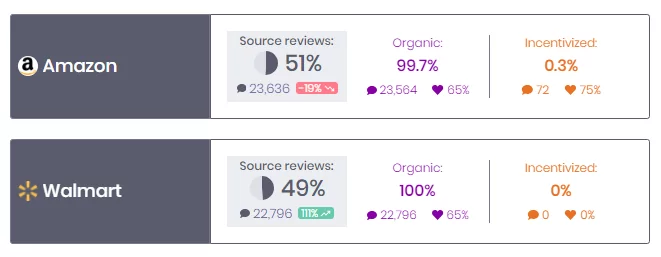
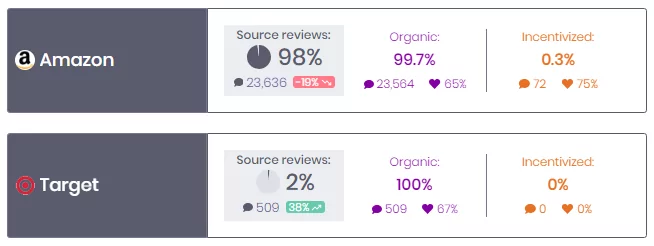
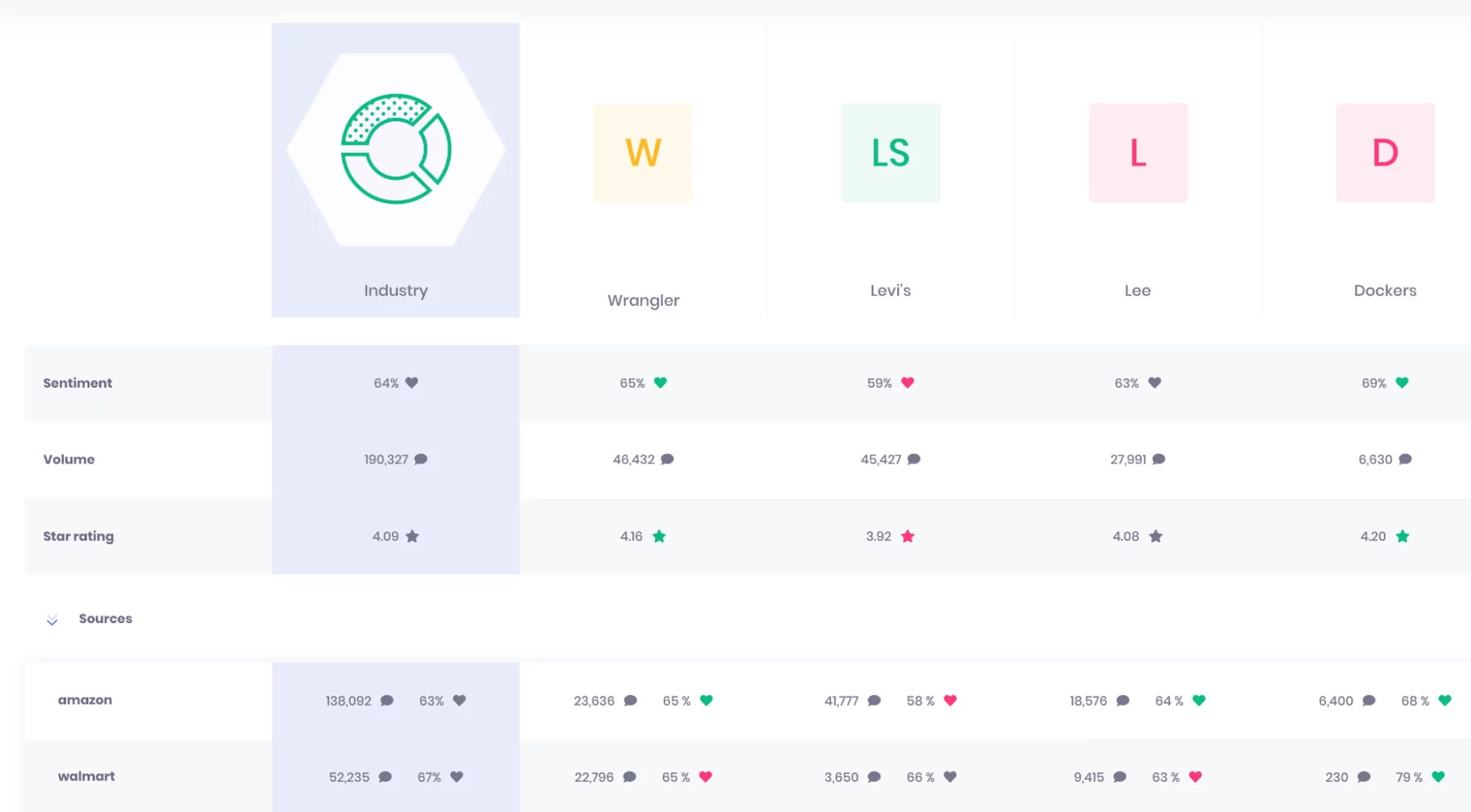
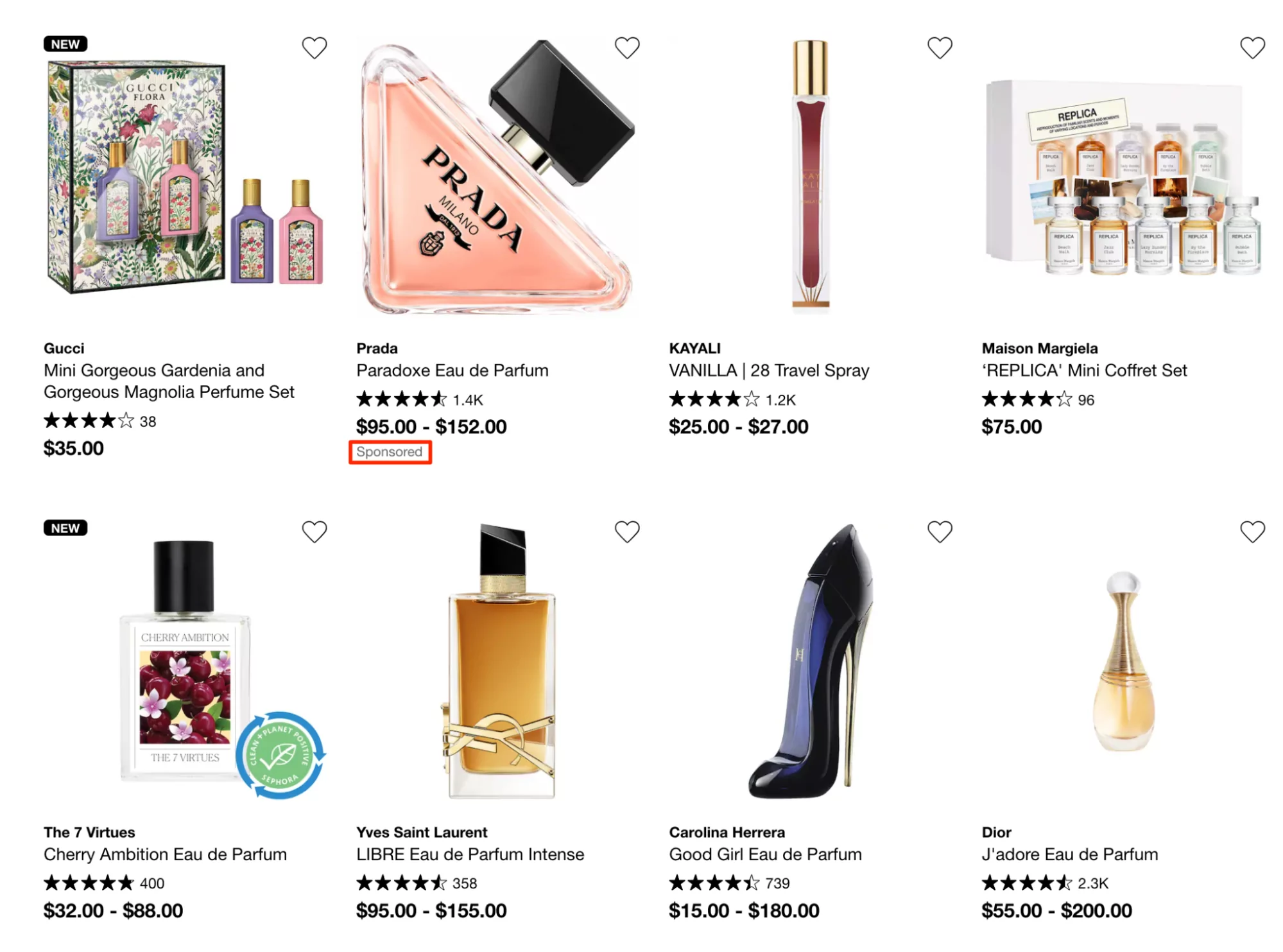
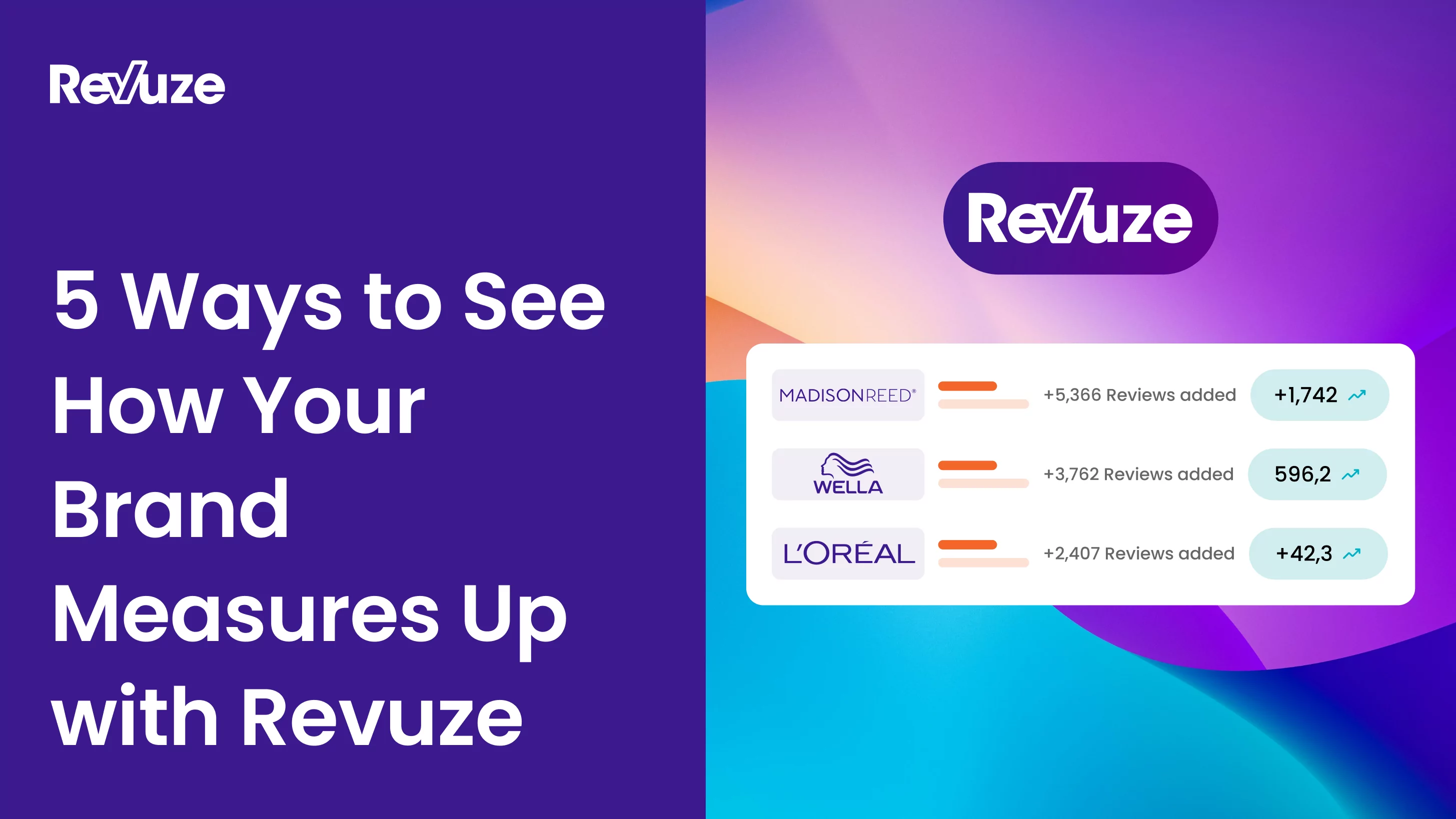
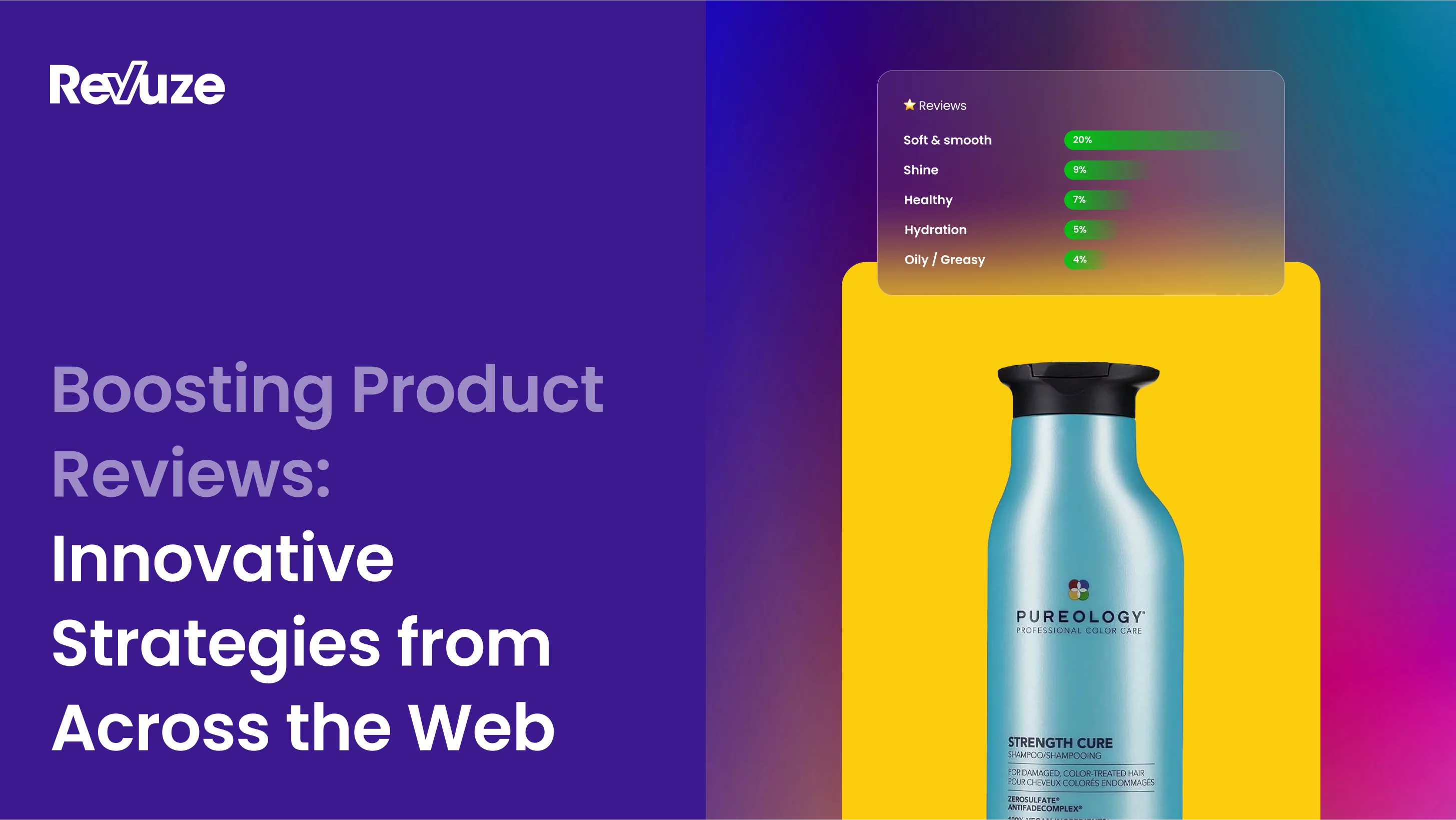
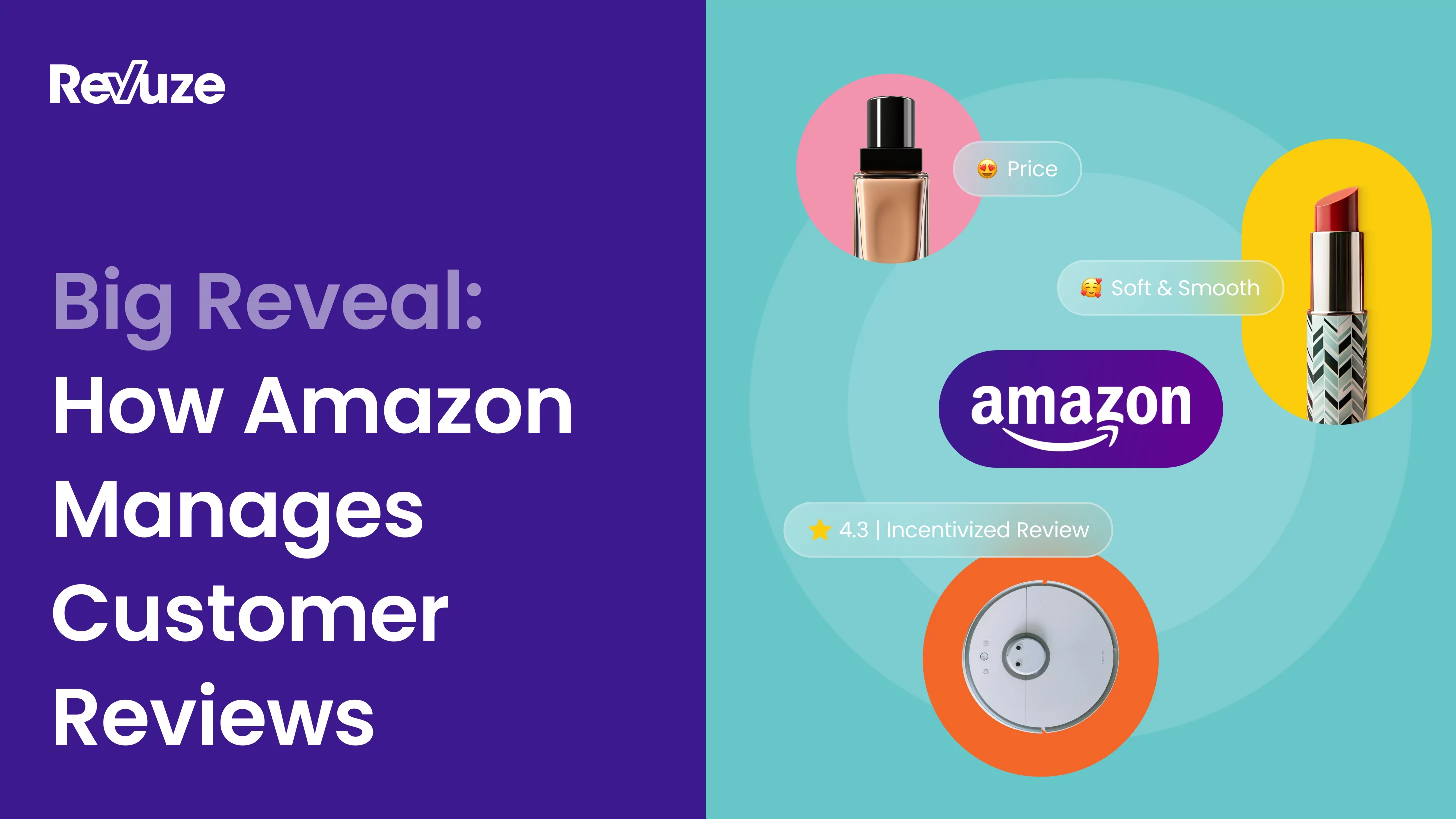
 Agencies
Insights
Agencies
Insights